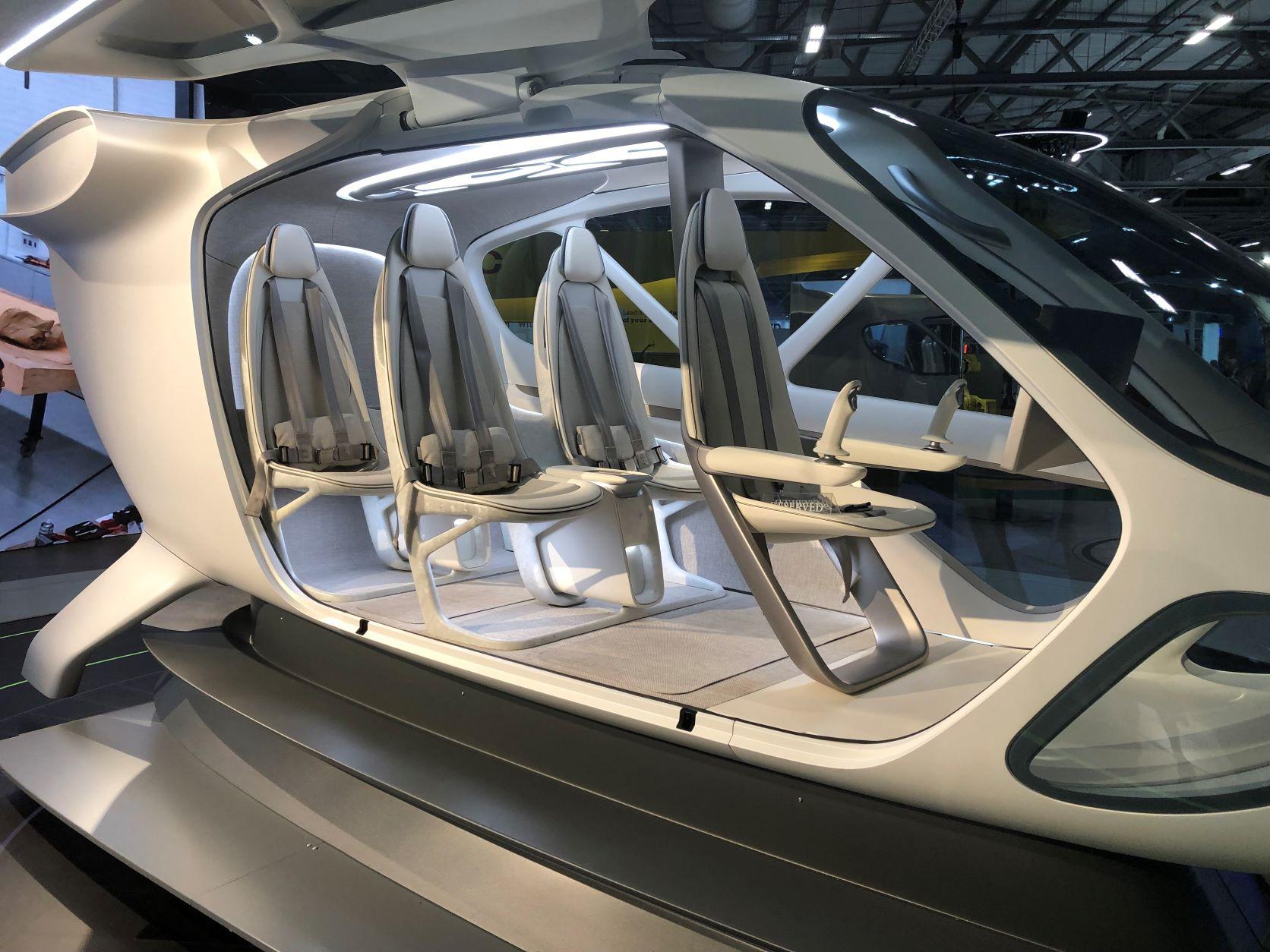
Credit: GN/AWST
COLORADO SPRINGS—South Korean automaker Hyundai has revealed new details of its broad-based advanced air mobility (AAM) development strategy after unveiling a full-scale cabin mockup of its electric vertical takeoff and landing (eVTOL) air taxi concept and signing a propulsion collaboration deal...
Subscription Required
This content requires a subscription to one of the Aviation Week Intelligence Network (AWIN) bundles.
Schedule a demo today to find out how you can access this content and similar content related to your area of the global aviation industry.
Already an AWIN subscriber? Login
Did you know? Aviation Week has won top honors multiple times in the Jesse H. Neal National Business Journalism Awards, the business-to-business media equivalent of the Pulitzer Prizes.

